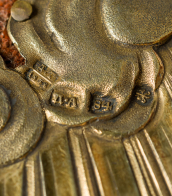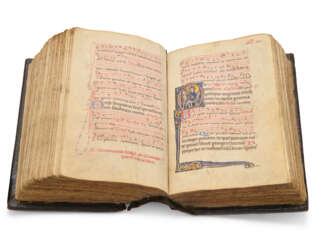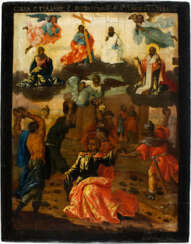st. stephen

Laurence Stephen Lowry was an English artist. His drawings and paintings mainly depict Pendlebury, Lancashire (where he lived and worked for more than 40 years) as well as Salford and its vicinity.
Lowry is famous for painting scenes of life in the industrial districts of North West England in the mid-20th century. He developed a distinctive style of painting and is best known for his urban landscapes peopled with human figures, often referred to as "matchstick men". He painted mysterious unpopulated landscapes, brooding portraits and the unpublished "marionette" works, which were only found after his death.



Francis Newton Souza was an Indian-American British Asian artist. He was a founding member of the Progressive Artists' Group of Bombay. Souza's style exhibited both decadence and primitivism.


Robert Boyvin was a French illuminator who worked in Rouen between 1480 and 1536.
Robert came from the Boyvin family of booksellers, known since the early 15th century. He was part of a group of illuminators along with Jean Pichord, Jean Serpen, Etienne du Monstier and Nicolas Hisse.
Boyvin produced more than 80 surviving manuscripts, most of which were books of hours, and his style had a great influence on the Rouen workshops. From 1530, Boyvin also made some jewelry for Cardinal Georges d'Amboise.


The Besançon illuminator was a French miniaturist painter from Besançon who worked in that city in the 1440s-1470s, decorating mainly the Books of Hours.

















































































